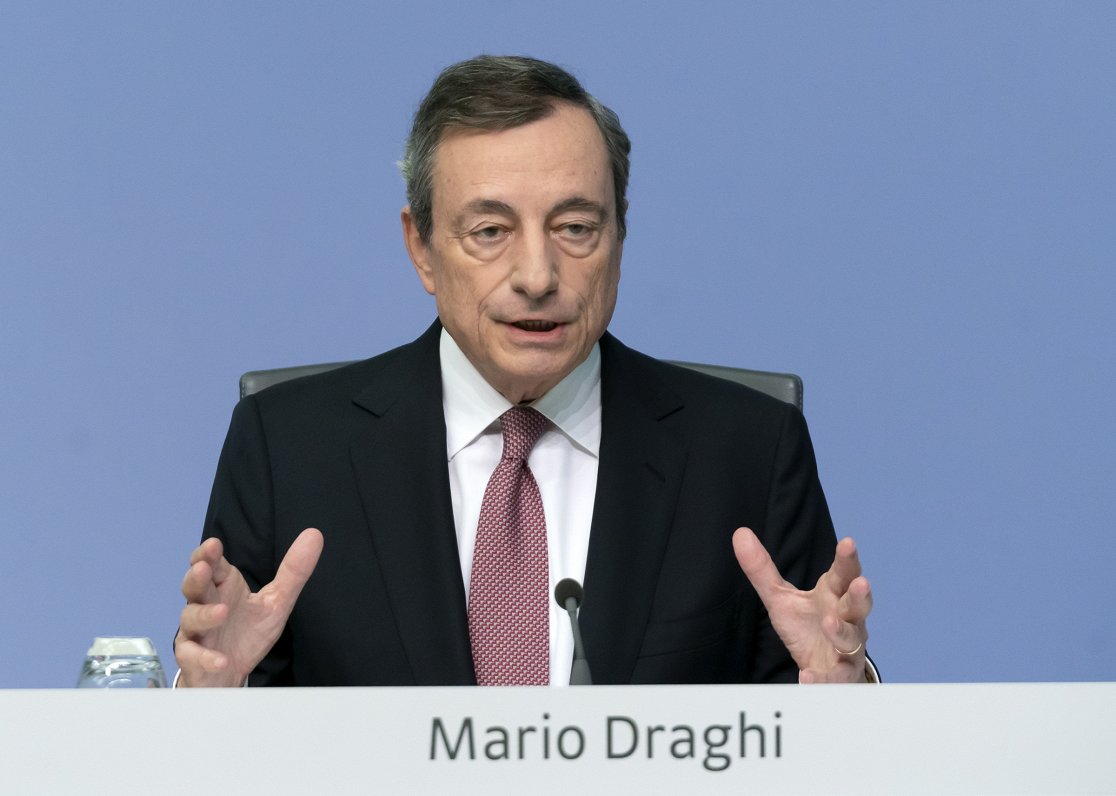9:00 p.m., October 30, 2021
As COP26 begins, what are the latest commitments made by Apple in the fight against climate change?
In one year, we have doubled the number of our suppliers with a completely neutral carbon footprint: these 175 companies, in 24 countries (including STM MicroElectronics in France), use 100% renewable energy. All of this is being done to meet our commitment made in July 2020: that our entire supply chain be carbon neutral by 2030. It is an ambitious but achievable goal. We have also launched ten new projects in our Power for Impact program, which promotes the production of green electricity for populations most affected by climate change, such as in the Philippines. Some communities have suffered from global warming for too long.
Also read – EXCLUSIVE. Tim Cook discusses with Guillaume Rozier: “Your work is breathtaking”
You talk about your suppliers, but what do you do directly at Apple?
I see these measures as a way to continue our momentum to create an economy that is both good for the planet and for people. For three years now, Apple has supplied itself with 100% renewable energy and the carbon footprint of our internal activities (offices, Apple Store, data centers, etc.) has been zero for a year. Thanks to these actions, Apple has reduced its emissions by 40% over the past five years.
What role should companies play in the fight against global warming?
I am optimistic about their role and their awareness. Many are leading by example and I hope their commitments will create momentum for governments to agree at COP26. We cannot replace states, but we can wage this struggle with them. All companies, even the smallest, have a role to play by using clean energy and developing innovative projects. Each has a responsibility to reduce its emissions and must also find sustainable solutions in the long term.
“
We cannot replace states, but we can wage this struggle with them
“
Can this kind of talk not be likened to greenwashing?
On the contrary, Apple is taking action that is truly measurable and quantifiable. It starts with the assessment of our carbon footprint but it is not enough. We also need that of suppliers and products. We have been doing this for over ten years, publishing an annual report on our responsibilities. If a company does not do that or only measure its own carbon footprint, it cannot say that it is committed to reducing its emissions and that is greenwashing. You have to look at the innovations developed by each group. Some only say ‘We are going to become carbon neutral one day but at the moment there is no technology to do so.’ But it’s up to companies to invent these innovations. Apple is a good example: we are working to include more recyclable materials in our products.
But isn’t that contradictory with the release of new products every year?
Not at all. Technology, which brings progress and innovations that create new opportunities for humanity, must not advance at the expense of the planet. That’s why we create durable devices, improved every year with software updates. You can keep your iPhone for a very long time by only updating the operating system for free to get most of the improvements.
Apple therefore does not practice planned obsolescence?
Not at all, on the contrary. For example, the latest version of our software, iOS 15, released in September, is compatible on all iPhones up to the 6S model, which dates from 2015, i.e. a longevity of six years. An iPhone can and should have multiple lives for multiple people. And the user should also be responsible in deciding whether to change the device or not. And if he wants to do so, we encourage him to bring his phone back to resell it or for it to be recycled. Moreover, this is something on which we must still insist.
“
An iPhone can and should have multiple lives for multiple people
“
The Fairphone brand offers a smartphone that claims to be “ethical”. Coming from fair trade, sustainable, or even responsible, this smartphone notably facilitates the possibility of changing its components piece by piece. Do you have such projects at Apple?
Sustainability is at the heart of design at Apple. Our goal is to create products that withstand the vagaries of everyday life. Beyond our effort to improve the durability of our devices, in 2019 we launched our Repair Provider program in the United States. This year we have extended it to 200 countries. It is used to supply Apple branded parts, tools, repair manuals and diagnostics to independent repairers to ensure a safe and reliable repair. We want to give our customers as many options as possible so that they have access to the repair they need.
Before recycling, you must extract these rare metals used in your products. What are the conditions set for extraction?
We have made it an environmental priority to preserve scarce resources by using them efficiently, by integrating more and more recycled and recyclable materials into our devices and by recovering them at the end of the product’s life. We have programs that ensure that every material is responsibly mined. To protect the planet’s finite resources, we also challenge ourselves to one day end our dependence on mining. In spring 2017, we decided to use only recycled and renewable resources. The research carried out in our laboratory in Texas allows us to recover more and more components. Daisy, the disassembler robot we created, disassembles iPhones and their components in order to recycle them, such as steel or tungsten. These materials are reclassified as raw materials, so that we and others can reuse them in the next generation of products. As a result, the magnets in our latest iPhone 13 are made from 100% recycled rare earths.
–


